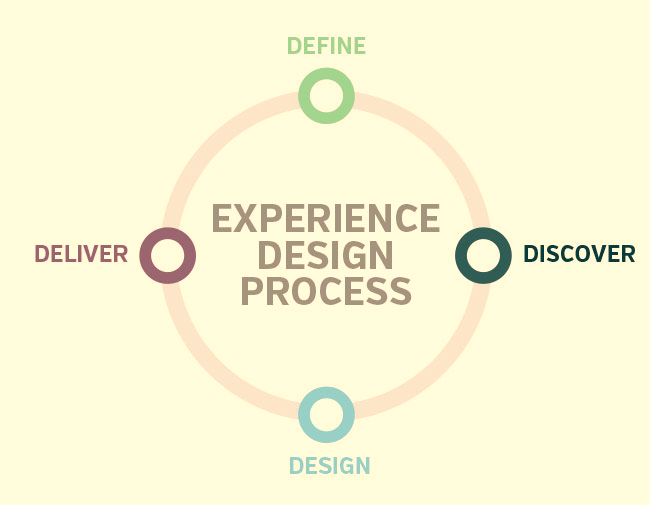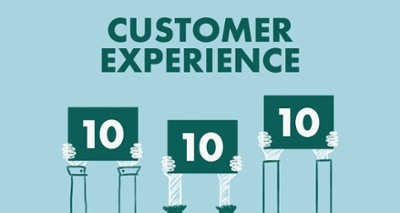The importance of customer experience in competitive differentiation
Today, consumers expect much more than just products and services: they are looking for a unique experience that makes them feel that they are...
By Role
By Industry
By Target Customer
What We Offer
We drive business growth by improving operational efficiency through process optimization, smart automation, and cost control. Our approach boosts productivity, reduces expenses, and increases profitability with scalable, sustainable solutions
Customer Experience
We design memorable, customer-centered experiences that drive loyalty, enhance support, and optimize every stage of the journey. From maturity frameworks and experience maps to loyalty programs, service design, and feedback analysis, we help brands deeply connect with users and grow sustainably.
Marketing & Sales
We drive marketing and sales strategies that combine technology, creativity, and analytics to accelerate growth. From value proposition design and AI-driven automation to inbound, ABM, and sales enablement strategies, we help businesses attract, convert, and retain customers effectively and profitably.
Pricing & Revenue
We optimize pricing and revenue through data-driven strategies and integrated planning. From profitability modeling and margin analysis to demand management and sales forecasting, we help maximize financial performance and business competitiveness.
Digital Transformation
We accelerate digital transformation by aligning strategy, processes and technology. From operating model definition and intelligent automation to CRM implementation, artificial intelligence and digital channels, we help organizations adapt, scale and lead in changing and competitive environments.
Operational Efficiency
We enhance operational efficiency through process optimization, intelligent automation, and cost control. From cost reduction strategies and process redesign to RPA and value analysis, we help businesses boost productivity, agility, and sustainable profitability.
Customer Experience
Marketing & Sales
Pricing & Revenue
Digital Transformation
Operational Efficiency
3 min read
Por Alfonso Ramírez | May 29, 2025
3 min read
Por Alfonso Ramírez | May 29, 2025
As we mentioned in the previous blog of Basic guide: What is Customer Experience, and how can you apply it to your business? New ways and perspectives have emerged in which we try to understand our customers' behaviours, if years ago we looked at their buying process for products or services in a traditional way. Today, businesses have new challenges, arising from old habits in the management of their strategies, implementations, processes, campaigns and sales and service methods employed directly to the customer service experience.
It is important to highlight that the times when we used to analyze customer satisfaction only by means of their opinions, continually returning to consume our products and services, carrying out tentative promotions among other aspects. Nowadays it is crucial to understand that it is not only about analyzing the service and how the customer reacts to it, but that it goes beyond, and that "beyond" is defined by experiences. Customer experiences are of great importance for the future of our brand.
Index
What is Customer Experience Design?

Customer Experience Design according to the Interaction Design Foundation of the customer experience and authors of the blog of Customer Experience Design. Customer Experience Design is the process design teams follow to optimize the customer experience at all touch points before, during and after conversion.
We can reflect on this fragment of Interaction Design Foundation several important aspects; that the customer experience design as part of the processes that are responsible for optimizing and automating the customer experience is a tool that well developed and focused on all the different points of contact of a business and transcendently in all the conversion periods through which the customer passes from the stages in the customer journey such as awareness, consideration and the decision process; these aspects are fundamental and extremely useful to apply strategies aimed at both B2B and B2C customers.
How can we develop it in our business?
Customer experience design can be applied in an omnichannel way within our business. While we used to see it as "customer satisfaction" and as a topic that was only seen by the customer service area. Today we can apply it as a strategy to integrate it into the different touch points and lifecycle areas where the customer is with us, and thus analyze which processes will be the most suitable to convert qualified prospects into customers.
To retain customers who have already had a longer conversion process with our brand and those customers with whom it would be ideal to generate up selling or better known as additional sales to increase extra sales of our products and services with our customer, and not also forgetting the cross selling or better known as achieve sales in addition to the products and services of our portfolio that has made that customer with our brand.
Some ways may include the following:
What are the benefits for our business?

As we have been able to analyze above, the model of a customer experience design strategy is extremely useful to improve our customer’s experiences. Not only their experiences itself, but it also adds value to our sales proposals, services, marketing and most importantly, our products and the relevance they have for our customer’s lives. So, to recap, some of the most important benefits that customer experience design brings us are:


Today, consumers expect much more than just products and services: they are looking for a unique experience that makes them feel that they are...

Discover how to achieve excellence in CXM practices and strategies in your company. Adopt innovative initiatives that will benefit your customer...

Focusing attention on customers' activities and how they perform them makes it easier to find the key to redesigning processes that promise better...